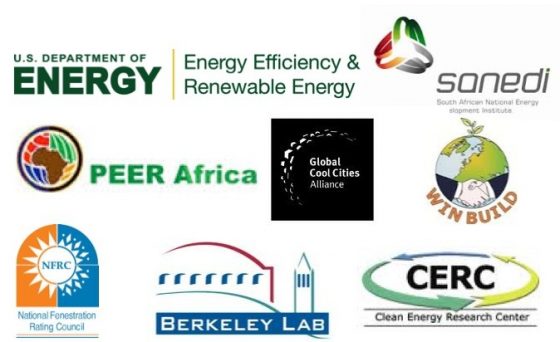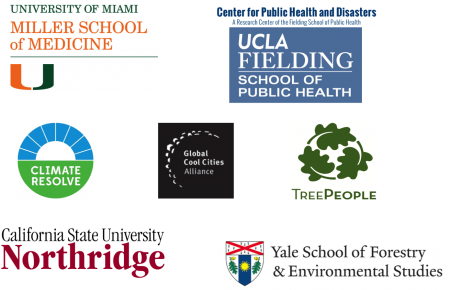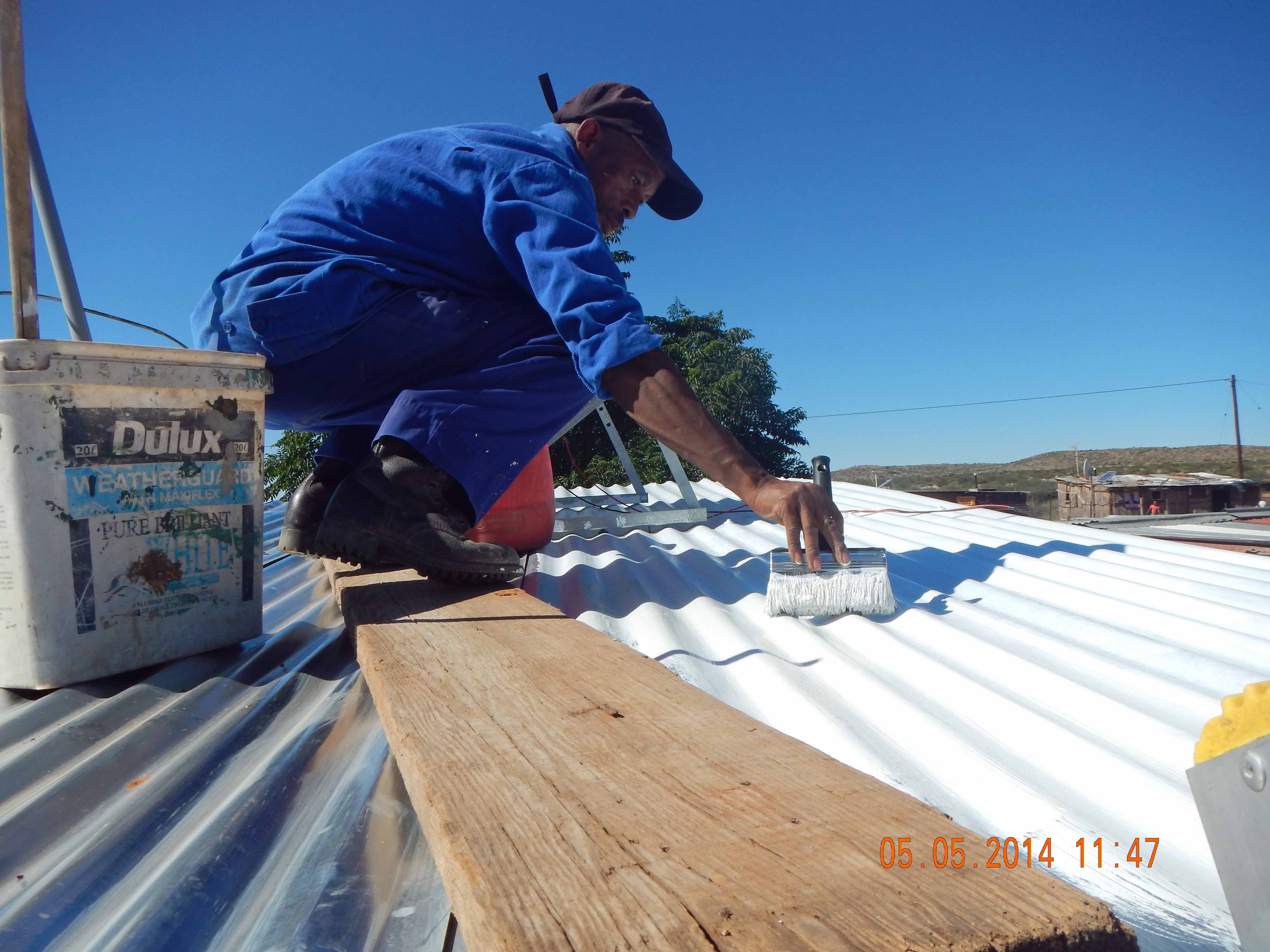Welcome to the South Africa Energy Efficiency and Renewable Energy Exchange (EERE Exchange), a regularly-updated platform for sharing information on initiatives related to the growth of markets for efficient, clean, and sustainable technologies in South Africa.
New! Powering South Africa with Cleaner and Smarter Energy Conference Proceedings
Energy Efficiency Policy Overview
Regulations Supporting National Energy Efficiency Goals – A review of South Africa’s energy efficiency goals by sector and the regulation developed to achieve them.
Energy Efficiency in the Housing Sector – An overview of Eskom’s programs to improve residential energy efficiency.
Energy Efficiency Projects in the Housing Sector – An overview of new energy efficient housing developments and a description of how they were financed.
Global Superior Energy Performance Partnership: A South African Perspective – A SANEDI presentation of the current energy and housing dynamics in South Africa.
BigEE – A guide from SANEDI to building, appliance and other policies aimed at increasing energy efficiency in South Africa.
Efficiency Incentives: Section 12L
Section 12L of the Income Tax Act – A description of the tax incentive, its purpose, and means to apply by SANEDI.
The Carbon Tax and Energy Efficiency Incentive – A review of Section 12L and one of its funding sources, a new tax on carbon for certain industries.
SANS 50100: Measurement and Verification Requirements for Section 12L – A detailed description of M&V requirements to earn the Section 12L incentive.
Section 12L: Accreditation Process – A description of how organizations can become accredited to perform the M&V requirements to claim Section 12L.
Practical Guide to Applying for the Section 12L Incentive – A detailed, step-by-step guide for applying for and complying with the Section 12L energy efficiency incentive.
Municipal Procurement Policies
!Khies Municipal Supply Chain Management Policy – An example of the procurement requirements for suppliers interested in working with municipalities.
Municipal Procurement Requirements for South African Municipalities – The official supply chain management requirements governing municipal procurement.
Local Content Requirements – The process for verifying that projects receiving government incentives or funding meet the requirements for including local content.
Reflective “Cool” Surfaces
Designing and Operating a Cool Roof Rating System – An overview of the U.S. Cool Roof Rating Council and the elements of its successful testing and rating program.
Cool Roofing Pilot on Low Income Houses – A report on a demonstration of cool roofs and local job creation near Pretoria.
Cool Roofs and Solar Hot Water Heaters – A presentation reviewing the potential benefits of applying cool roofs with solar hot water heaters.
Windows
South African Fenestration and Insulation Rating Authority – An overview of the South African process of testing, rating, and labeling window and glass performance.
Background: Building Stock
SAPOA Property Vacancy Report – An April 2014 review of the commercial building sector in South Africa, including trends and an economic outlook published by the Property Owners Association.
GHG Emissions Baselines and Reduction Potentials from Buildings – A study for UNEP that provides a good deal of information on South African building stock, policy initiatives supporting energy efficiency and renewable energy, and recommendations for policymakers
Africa Property and Construction Handbook 2013 – A report on the health of the leasing and construction market in Africa, published by AECOM South Africa.
Renewable Energy Policy Overview
White Paper on Renewable Energy – The 2003 government position paper that set targets for renewable energy development.
South Africa’s Renewable Energy Policy Roadmap – A June 2010 report by University of Cape Town for UNEP covering current policy and opportunities for future renewable energy development.
South African Department of Energy’s Renewables Website – A link to policy and data resources on renewables
Renewable Energy Policies in South Africa – An overview presentation to the June 2010 World Futures Council Workshop by the Honorable Elizabeth Thabethe of the South African Parliament.
General Policy Overview – The REEGLE policy database for South Africa.
Scaling Up Renewable Energy in South Africa – A web-based report from Norton Rose Fulbright that reviews the current state of policy, renewable CDMs, and the procurement process.
Integrated Resource Planning
Integrated Resource Plan 2010-2030 – The IRP from the South Africa Department of Energy covering all power needs and development plans for South Africa.
Integrated Energy Planning Report – A June 2013 report detailing the plans for South African energy deployment.
Renewable Procurement Policies
Standard Offer Scheme – The standard policy and steps for offering renewable, efficiency, and DSM resources into South African energy market via Eskom.
EERE Exchange Supporters and Partners:





 The project team includes the South African National Energy Development Institute (SANEDI), Lawrence Berkeley National Laboratory (LBNL), University of South Florida (USF), PEER Africa, National Fenestration Rating Council (NFRC), and WinBuild.
The project team includes the South African National Energy Development Institute (SANEDI), Lawrence Berkeley National Laboratory (LBNL), University of South Florida (USF), PEER Africa, National Fenestration Rating Council (NFRC), and WinBuild.